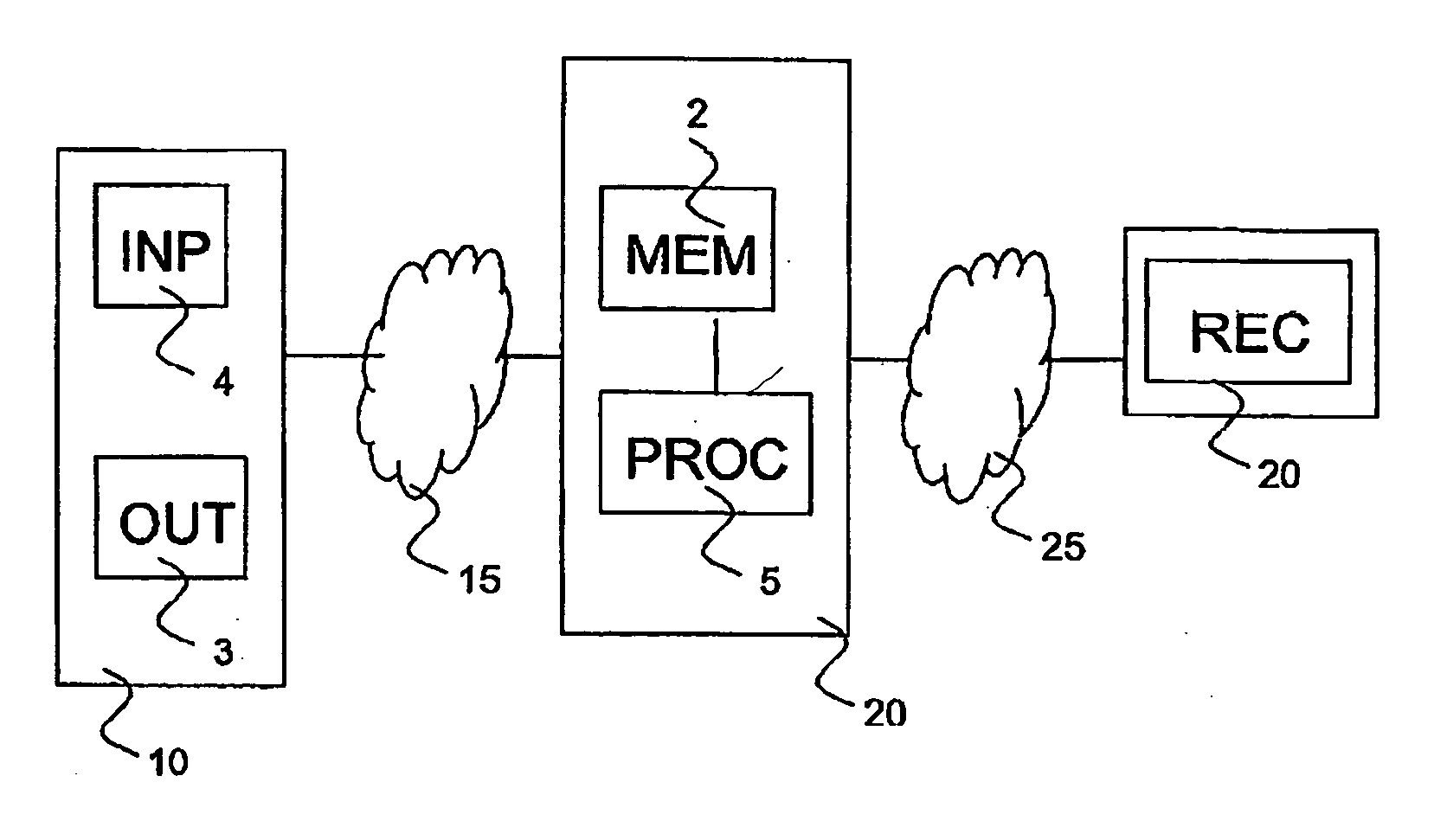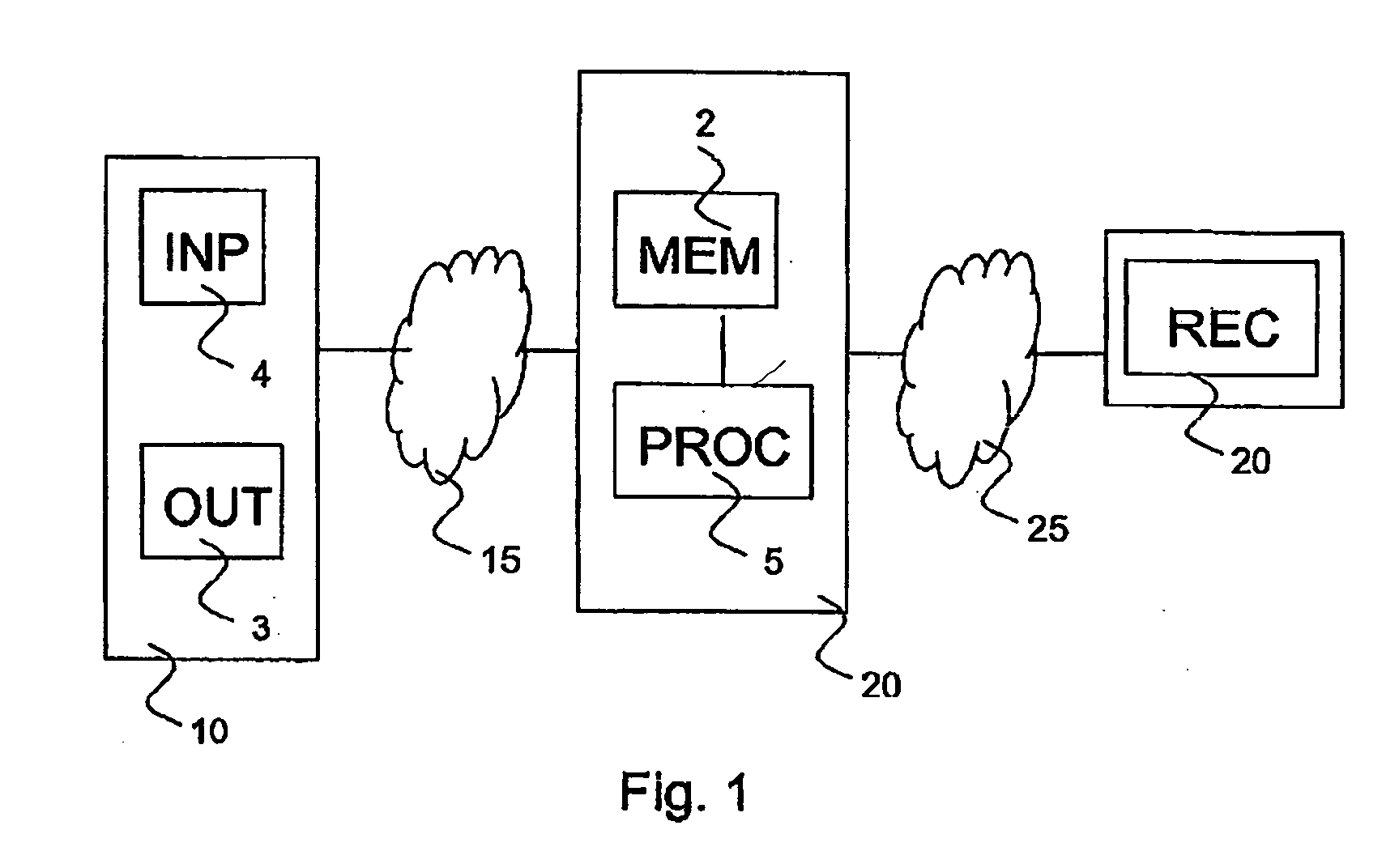Expert system for medical diagnosis
a medical diagnosis and expert technology, applied in the field of expert systems, can solve the problems of unsuitable systems for reliably confirming or reacting, unacceptably high chances of overlooking harmful pathologies, and systems that are not designed to confirm or reject hypotheses
- Summary
- Abstract
- Description
- Claims
- Application Information
AI Technical Summary
Benefits of technology
Problems solved by technology
Method used
Image
Examples
Embodiment Construction
The expert system according to the invention will be described focusing on medical diagnosis. It will be appreciated that the described technique can be used for any expert system, in particular those with a relatively high number of hypotheses to be tested and where certain hypotheses must be rejected before other hypotheses may be taken. As an example, an expert system including expert knowledge on a chemical process may include some hypotheses that must have been rejected since the consequences of overlooking the hypothesis may be too severe (e.g. danger of an explosion) even if the chance of this hypothesis being the case is very low. Thn expert system according to the invention can also be used by governmental institute for checking whether a person / company is entitled to subsidy. Using the initial data, the system can determine from a large collection of possible subsidies a most likely one that meets the initial data. The system then aims to test all negative situations (hyp...
PUM
 Login to View More
Login to View More Abstract
Description
Claims
Application Information
 Login to View More
Login to View More - R&D
- Intellectual Property
- Life Sciences
- Materials
- Tech Scout
- Unparalleled Data Quality
- Higher Quality Content
- 60% Fewer Hallucinations
Browse by: Latest US Patents, China's latest patents, Technical Efficacy Thesaurus, Application Domain, Technology Topic, Popular Technical Reports.
© 2025 PatSnap. All rights reserved.Legal|Privacy policy|Modern Slavery Act Transparency Statement|Sitemap|About US| Contact US: help@patsnap.com


